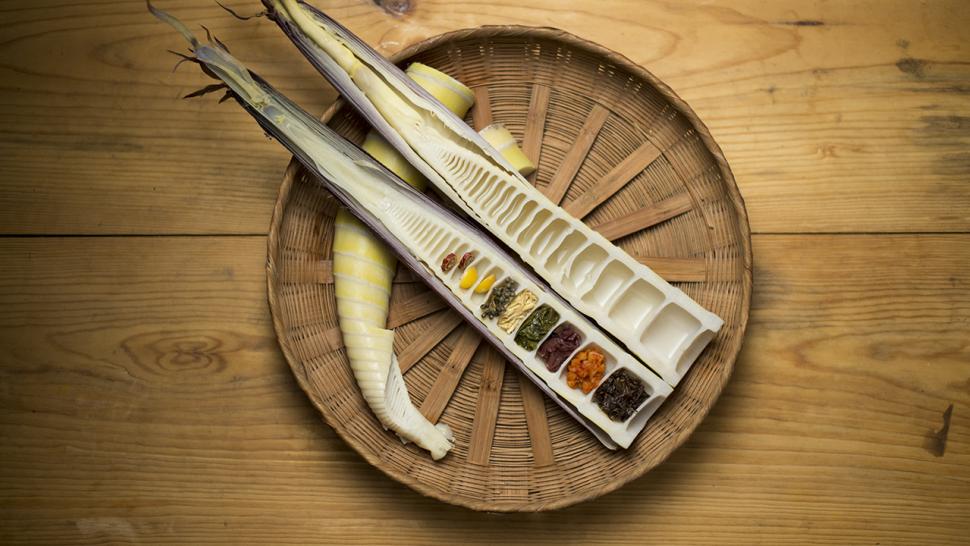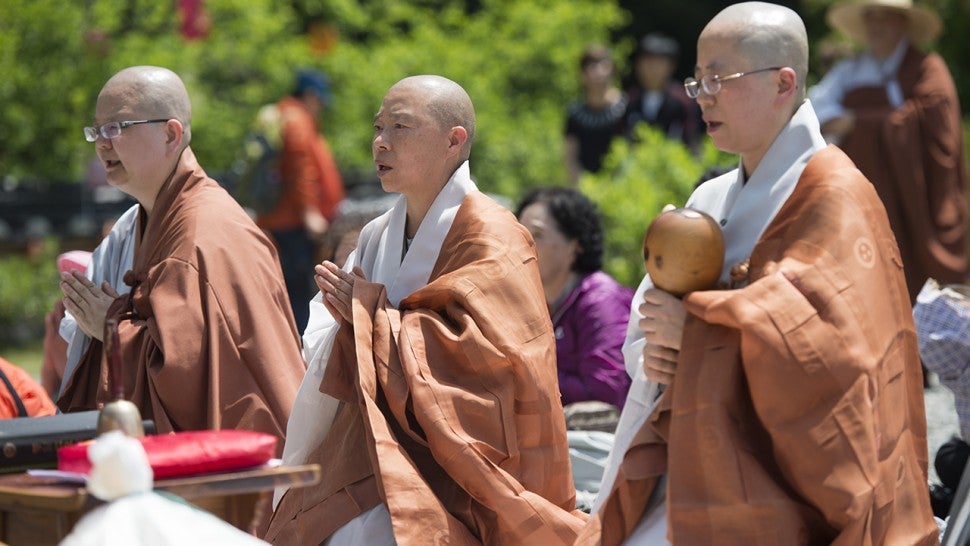'Chef's Table' Is Not Food Porn, It Is Food Romance

Born out of the idea of wanting to make a food program that
wasn’t a competition or a travel show, filmmaker David Gelb was inspired to
create Jiro Dreams of Sushi, the 2011
critically acclaimed documentary film about an 85-year-old sushi master. The
success of that film eventually led to Chef’s
Table, a docuseries on Netflix now in its third season (debuting online
Feb. 17). The series is comprised of “biographical, cinematic films about chefs
telling their own stories,” says Gelb, creator and executive producer of the
Emmy-nominated show that has quickly fascinated audiences with its previously untold
stories of the world’s top chefs and restaurants.
In its first two seasons -- plus a French-language offshoot,
Chef’s Table: France -- the Netflix series
has featured renowned and award-winning chefs Dan Barber, Gaggan Anand, Grant
Achatz, Magnus Nilsson and Massimo
Bottura while also shining a light on lesser known personalities, such as Ana
Roš. Each of them, Gelb says, is deserving of their own feature film. “We want
to give a portrait [of these chefs] and take the audience on a journey of their
lives to answer the question about not what they cook, but why they do it.”
MORE: Go Inside the Kitchens of Famous Celebrity Chefs
In fact, the
filmmaker likens each episode to a superhero origin story, “because these chefs
have powers and their journey is learning how to use them properly.” It’s what
Gelb and co-executive producer Brian McGinn (Netflix’s Amanda Knox) look for in the featured chefs. “We have a lot of
admiration for chefs that are swimming upstream and doing things that haven’t
been done before and are refusing to take no for an answer.” A prime example of
that is Roš, whose season two episode largely focused on her struggle to make
her restaurant Hiša Franko a success -- and to find an audience beyond
Slovenia. Her story was surprisingly emotional, revealing her parents’
disappointment and eventual pride in her 16-year journey into fine dining, creating
an identity for Slovenian cuisine.

While most of the
chefs featured in the first two seasons have unattainable restaurants and
dining experiences (Achatz’s Alinea in Chicago starts at $175 per person,
and Nilsson’s Fäviken only has 16 seats and is fully booked through the end of
June), season three will expand the
scope of its focus, telling stories of chefs who serve $20 meals or don’t have
a restaurant at all. One episode, about Jeong Kwan, a nun who cooks at a
Buddhist temple in South Korea, sees the show go beyond the Michelin stars to
tell a layered story about philosophy and humanity’s relationship to food.
Another episode follows Ivan Orkin, the self-described “Jewish kid from Long
Island” behind Ivan Ramen, as he travels back and forth between New York City and
Japan. “It’s not a $300 meal, but their stories are just as beautiful,” Gelb
says.
Of course, the
series’other draw is its
beautiful depictions of food. In some ways, Chef’s
Table is to food shows the way Planet
Earth (returning with a second series) is to animal documentaries; both have
created new, awe-inspiring ways to showcase these worlds. And for the Netflix
docuseries’ part, it tapped into a world of food porn that has become a
fascination all its own thanks to Instagram and HD programs like The Great British Bake Off, which pay
attention to the detail of food creations.
However, what sets Chef’s
Table apart is the context. “I like to say that it’s ‘food romance,’” Gelb
says. “There’s emotional context between the chefs and the food, between the
audience and the food. It’s different than showing a bunch of close-up shots of
a delicious piece of chicken. We want you to know how much the chef toiled away
at that chicken and what it meant to them.
“With that kind of context, the food is not only beautiful,
it’s meaningful,” Gelb concludes.